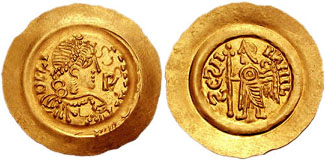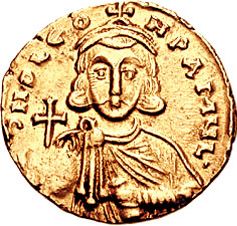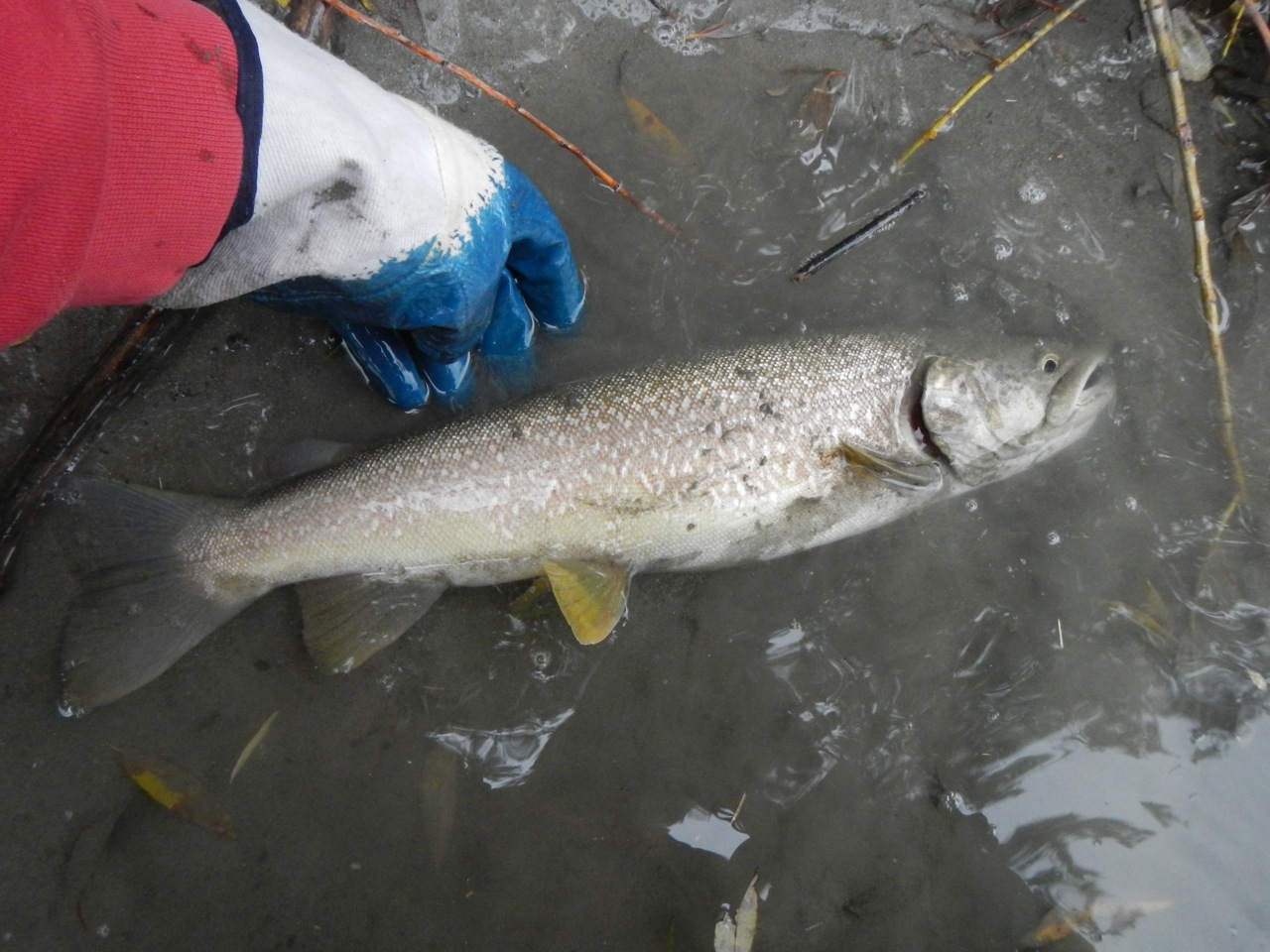|
King Liutprand
Liutprand was the king of the Lombards from 712 to 744 and is chiefly remembered for his multiple phases of law-giving, in fifteen separate sessions from 713 to 735 inclusive, and his long reign, which brought him into a series of conflicts, mostly successful, with most of Italy. He is often regarded as the most successful Lombard monarch, notable for the Donation of Sutri in 728, which was the first accolade of sovereign territory to the Papacy. Early life Liutprand's life began inauspiciously. His father was driven to exile among the Bavarians, his older brother Sigipert was blinded by Aripert II, king of the Lombards, and his mother Theodarada and sister Aurona were mutilated (their noses and ears were cut off). Liutprand was spared only because his youth made him appear harmless, described as adolescens in Paul the Deacon's ''Historia Langobardorum'' (Book VI, xxii), suggesting that he was 'probably older than 19 but still in his twenties'. He was released from Aripert II' ... [...More Info...] [...Related Items...] OR: [Wikipedia] [Google] [Baidu] |
King Of The Lombards
The Kings of the Lombards or ''reges Langobardorum'' (singular ''rex Langobardorum'') were the monarchs of the Lombards, Lombard people from the early 6th century until the Lombardic identity became lost in the 9th and 10th centuries. After 568, the Lombard kings sometimes styled themselves King of Italy, Kings of Italy (''rex totius Italiae''). After 774, they were not Lombards, but Franks. From the 12th century, the votive crown and reliquary known as the Iron Crown of Lombardy, Iron Crown (''Corona Ferrea'') retrospectively became a symbol of their rule, though it was never used by Lombard kings. The primary sources for the Lombard kings before the Frankish conquest are the anonymous 7th-century ''Origo Gentis Langobardorum'' and the 8th-century ''Historia Langobardorum'' of Paul the Deacon. The earliest kings (the pre-Lethings) listed in the ''Origo'' are almost certainly legendary. They purportedly reigned during the Migration Period. The first ruler attested independently of ... [...More Info...] [...Related Items...] OR: [Wikipedia] [Google] [Baidu] |
Liutprand Tremissis 76001709 , (c. 922–972) historian
{{hndis, Liutprand ...
Liutprand may refer to: *Liutprand, King of the Lombards ruled from 712 to 744 *Duke Liutprand of Benevento (died after 759) *Bishop Liutprand of Cremona Liutprand, also Liudprand, Liuprand, Lioutio, Liucius, Liuzo, and Lioutsios (c. 920 – 972),"LIUTPRAND OF CREMONA" in ''Oxford Dictionary of Byzantium, The Oxford Dictionary of Byzantium'', Oxford University Press, New York & Oxford, 1991, p. 12 ... [...More Info...] [...Related Items...] OR: [Wikipedia] [Google] [Baidu] |
Emilia (region Of Italy)
Emilia ( egl, Emeja / Emégglia / Emélia) is a historical region of northern Italy, which approximately corresponds to the western and the north-eastern portions of the modern region of Emilia-Romagna, with the area of Romagna forming the remainder of the modern region. Etymology Emilia takes its name from the Via Aemilia, a Roman road constructed by the consul Marcus Aemilius Lepidus in 187 BCE to connect Rimini with Piacenza. The name was transferred to the district (which formed the eighth Augustan region of Italy) as early as the time of Martial, in popular usage. In the 2nd and 3rd centuries Aemilia was frequently named as a district under imperial judges (), generally in combination with Flaminia or Liguria and Tuscia. The district of Ravenna was, as a rule, from the 3rd to the 5th century, not treated as part of Aemilia, the chief town of the latter being Placentia (Piacenza). In the 4th century Aemilia and Liguria were joined to form a consular province; after that A ... [...More Info...] [...Related Items...] OR: [Wikipedia] [Google] [Baidu] |
Icon
An icon () is a religious work of art, most commonly a painting, in the cultures of the Eastern Orthodox, Oriental Orthodox, and Catholic churches. They are not simply artworks; "an icon is a sacred image used in religious devotion". The most common subjects include Christ, Mary, saints and angels. Although especially associated with portrait-style images concentrating on one or two main figures, the term also covers most religious images in a variety of artistic media produced by Eastern Christianity, including narrative scenes, usually from the Bible or the lives of saints. Icons are most commonly painted on wood panels with egg tempera, but they may also be cast in metal, carved in stone, embroidered on cloth, done in mosaic or fresco work, printed on paper or metal, etc. Comparable images from Western Christianity can be classified as "icons", although "iconic" may also be used to describe a static style of devotional image. In the Greek language, the term for icon paintin ... [...More Info...] [...Related Items...] OR: [Wikipedia] [Google] [Baidu] |
Naples
Naples (; it, Napoli ; nap, Napule ), from grc, Νεάπολις, Neápolis, lit=new city. is the regional capital of Campania and the third-largest city of Italy, after Rome and Milan, with a population of 909,048 within the city's administrative limits as of 2022. Its province-level municipality is the third-most populous metropolitan city in Italy with a population of 3,115,320 residents, and its metropolitan area stretches beyond the boundaries of the city wall for approximately 20 miles. Founded by Greeks in the first millennium BC, Naples is one of the oldest continuously inhabited urban areas in the world. In the eighth century BC, a colony known as Parthenope ( grc, Παρθενόπη) was established on the Pizzofalcone hill. In the sixth century BC, it was refounded as Neápolis. The city was an important part of Magna Graecia, played a major role in the merging of Greek and Roman society, and was a significant cultural centre under the Romans. Naples served a ... [...More Info...] [...Related Items...] OR: [Wikipedia] [Google] [Baidu] |
Pope Gregory II
Pope Gregory II ( la, Gregorius II; 669 – 11 February 731) was the bishop of Rome from 19 May 715 to his death.Mann, Horace. "Pope St. Gregory II." The Catholic Encyclopedia Vol. 6. New York: Robert Appleton Company, 1909. 18 September 2017 His defiance of Emperor as a result of the in the Eastern Empire prepared the way for a long series of revolts, schisms, and civil wars that eventually led to the establishment of the [...More Info...] [...Related Items...] OR: [Wikipedia] [Google] [Baidu] |
Iconoclastic Controversy
The Byzantine Iconoclasm ( gr, Εικονομαχία, Eikonomachía, lit=image struggle', 'war on icons) were two periods in the history of the Byzantine Empire when the use of religious images or icons was opposed by religious and imperial authorities within the Orthodox Church and the temporal imperial hierarchy. The First Iconoclasm, as it is sometimes called, occurred between about 726 and 787, while the Second Iconoclasm occurred between 814 and 842. According to the traditional view, Byzantine Iconoclasm was started by a ban on religious images promulgated by the Byzantine Emperor Leo III the Isaurian, and continued under his successors. It was accompanied by widespread destruction of religious images and persecution of supporters of the veneration of images. The Papacy remained firmly in support of the use of religious images throughout the period, and the whole episode widened the growing divergence between the Byzantine and Carolingian traditions in what was still a u ... [...More Info...] [...Related Items...] OR: [Wikipedia] [Google] [Baidu] |
Leo III The Isaurian
Leo III the Isaurian ( gr, Λέων ὁ Ἴσαυρος, Leōn ho Isauros; la, Leo Isaurus; 685 – 18 June 741), also known as the Syrian, was Byzantine Emperor from 717 until his death in 741 and founder of the Isaurian dynasty. He put an end to the Twenty Years' Anarchy, a period of great instability in the Byzantine Empire between 695 and 717, marked by the rapid succession of several emperors to the throne. He also successfully defended the Empire against the invading Umayyads and forbade the veneration of icons. Early life Of Syrian extraction, Leo was born in Germanikeia, Commagene (modern Kahramanmaraş in Turkey). His original name was Konon ( gr, Κόνων; la, Conon or ''Cononus''). Some, including the Byzantine chronicler Theophanes, have claimed that Konon's family had been resettled in Thrace, where he entered the service of Emperor Justinian II, when the latter was advancing on Constantinople with an army of loyalist followers, and horsemen provided by Terve ... [...More Info...] [...Related Items...] OR: [Wikipedia] [Google] [Baidu] |
Exarchate Of Ravenna
The Exarchate of Ravenna ( la, Exarchatus Ravennatis; el, Εξαρχάτο της Ραβέννας) or of Italy was a lordship of the Eastern Roman Empire (Byzantine Empire) in Italy, from 584 to 751, when the last exarch was put to death by the Lombards. It was one of two exarchates established following the western reconquests under Emperor Justinian to more effectively administer the territories, along with the Exarchate of Africa. Introduction Ravenna became the capital of the Western Roman Empire in 402 under Honorius due to its fine harbour with access to the Adriatic and its ideal defensive location amidst impassable marshes. The city remained the capital of the Empire until 476, when it became the capital of Odoacer, and then of the Ostrogoths under Theodoric the Great. It remained the capital of the Ostrogothic Kingdom but, in 540 during the Gothic War (535–554), Ravenna was occupied by the Byzantine general Belisarius. After this reconquest it became the seat of the ... [...More Info...] [...Related Items...] OR: [Wikipedia] [Google] [Baidu] |
Adige
The Adige (; german: Etsch ; vec, Àdexe ; rm, Adisch ; lld, Adesc; la, Athesis; grc, Ἄθεσις, Áthesis, or , ''Átagis'') is the second-longest river in Italy, after the Po. It rises near the Reschen Pass in the Vinschgau in the province of South Tyrol, near the Italian border with Austria and Switzerland, and flows through most of northeastern Italy to the Adriatic Sea. The river's name is Celtic in origin, from the Proto-Celtic cel-x-proto, *yt-ese, label=none, "the water", cognate with the River Tees in England (anciently ''Athesis'', ''Teesa''). Description The river source is near the Reschen Pass () close to the borders with Austria and Switzerland above the Inn valley. It flows through the artificial alpine Lake Reschen. The lake is known for the church tower that marks the site of the former village of Alt Graun ("Old Graun"); it was evacuated and flooded in 1953 after the dam was finished. Near Glurns, the Rom river joins from the Swiss Val Müstair. ... [...More Info...] [...Related Items...] OR: [Wikipedia] [Google] [Baidu] |
Theudebert Of Bavaria
Theodbert (also ''Theodebert'', ''Theudebert'', ''Theotpert'', and ''Theodo'') ( 685 – c. 719) was the duke of Bavaria in some capacity or other from 702 to his death. He was the eldest son of Duke Theodo of Bavaria and Folchaid. He was first associated with his father as duke in 702, ruling from Salzburg. In 711, his younger brother Theobald was co-ruling as well and his father was making plans for a fourfold division of the duchy on his death. Sometime before 715, the division was given, but whether territorial or coregent is not known. If the former, the dioceses set up by Theodo probably corresponded to the duchies of his sons. In that scenario, Theodbert probably had his seat at Salzburg, as since 702. His father did have him swear to always defend Rupert of Salzburg when he transferred the government to Theodbert. Theodbert also provided military help to Ansprand Ansprand ( 657 – 712) was king of the Lombards briefly in 712. Before that he was the duke of Asti and regent ... [...More Info...] [...Related Items...] OR: [Wikipedia] [Google] [Baidu] |





